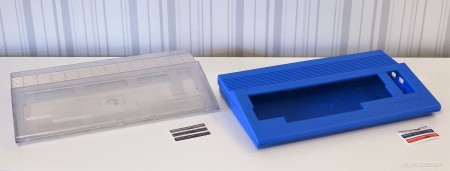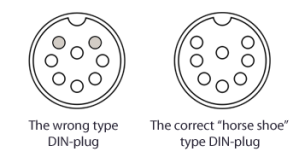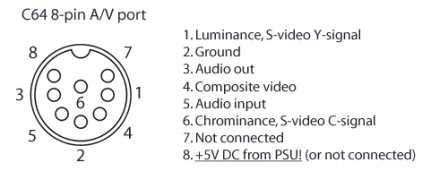The Kickstarter campaign for new C64 C cases using the original molds happened, and a lot of people have been very excited about that. Despite some ridiculous occurrences by Kickstarter (can’t show renders of the cases) and dimwits owning some rights to Commodore brand (can’t even mention Commodore in the campaign), the campaign was a real funding success.
Also the production phase faced an unfortunate incident, as the plastic molding company that produced the cases suffered a fire in the factory. The fire destroyed the transparent cases which had been the first ones pressed. Despite these shortcomings and delays the cases got pressed and sent out in the last couple of weeks. Related forums and social media groups have been filled with photos of these new cases and nice C64 setups installed in them.
I got mine last week, and guess what I’m going to do? Post some pictures of course! Read the rest of this entry »




 Posted by ilesj
Posted by ilesj 




